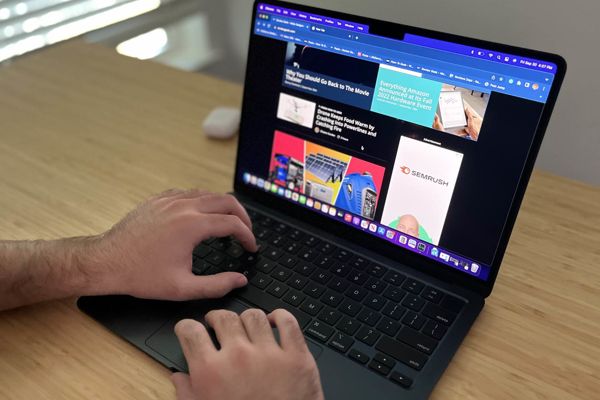
Maximize Your Mac Experience with Magnet App

Magnet App enhances productivity on Mac by simplifying window management It allows users to easily snap and resize windows, making multitasking a breeze Say goodbye to annoying window clutter and hello to seamless workflow with Magnet
After years of using a combination of Windows and Linux, I switched back to Mac computers last year. However, I encountered some irritating aspects of macOS. Fortunately, I discovered an app called Magnet that resolved those issues.
Over the years, Apple has introduced numerous window management systems in macOS, such as Exposé, Spaces, and Mission Control (which replaced the former two). Recently, Stage Manager was also added. However, these systems primarily focus on switching between overlapping windows or regular virtual desktops. Unlike Windows snapping or the tiling window managers in Linux distributions, there is no built-in system in macOS for organizing windows into specific areas of the screen.
When using a Mac, the full-screen window feature can often be frustrating. Clicking the green maximize button on a window does not always result in the window taking up all the available desktop space. Instead, it goes full-screen, hiding the menu bar and dock, and appearing as a new virtual desktop in Mission Control. To minimize or maximize the current window without going full-screen, you're supposed to double-click the top bar, but this doesn't always work with applications that place buttons or other controls in that area. In my opinion, regular window snapping is a more preferable option than Apple's mishmash of different systems, especially the ability to split the screen into two halves. While there are third-party utilities that offer this feature, Magnet is the best option for me. It's available on the App Store for a one-time purchase of $9.99 and allows you to easily snap windows by dragging your mouse or using a keyboard shortcut.
Magnet offers several screen layout options, including two columns, two rows, a 2×2 grid, and three columns, each with its own keyboard shortcut for quick organization. Additionally, the software provides an overlay display when dragging a window to a corner or side of the screen, similar to Windows. Personally, I prefer the full-desktop or dual-pane views, utilizing the full-size window snap to maximize space while still showing the system menu bar. This allows me to have my editor on one side and research on the other while writing.
Magnet utilizes accessibility permissions on macOS to efficiently manage and resize windows. However, it is important to keep in mind that there is a possibility that Magnet may encounter compatibility issues following major OS updates until a solution is provided. Despite this, I personally did not experience any issues during the upgrade from macOS Monterey to macOS Ventura. For those accustomed to window snapping on other platforms or those who need to utilize a Mac occasionally, Magnet is definitely worth considering. Although it is puzzling that Apple has yet to incorporate native window snapping, Magnet serves as a practical alternative.







